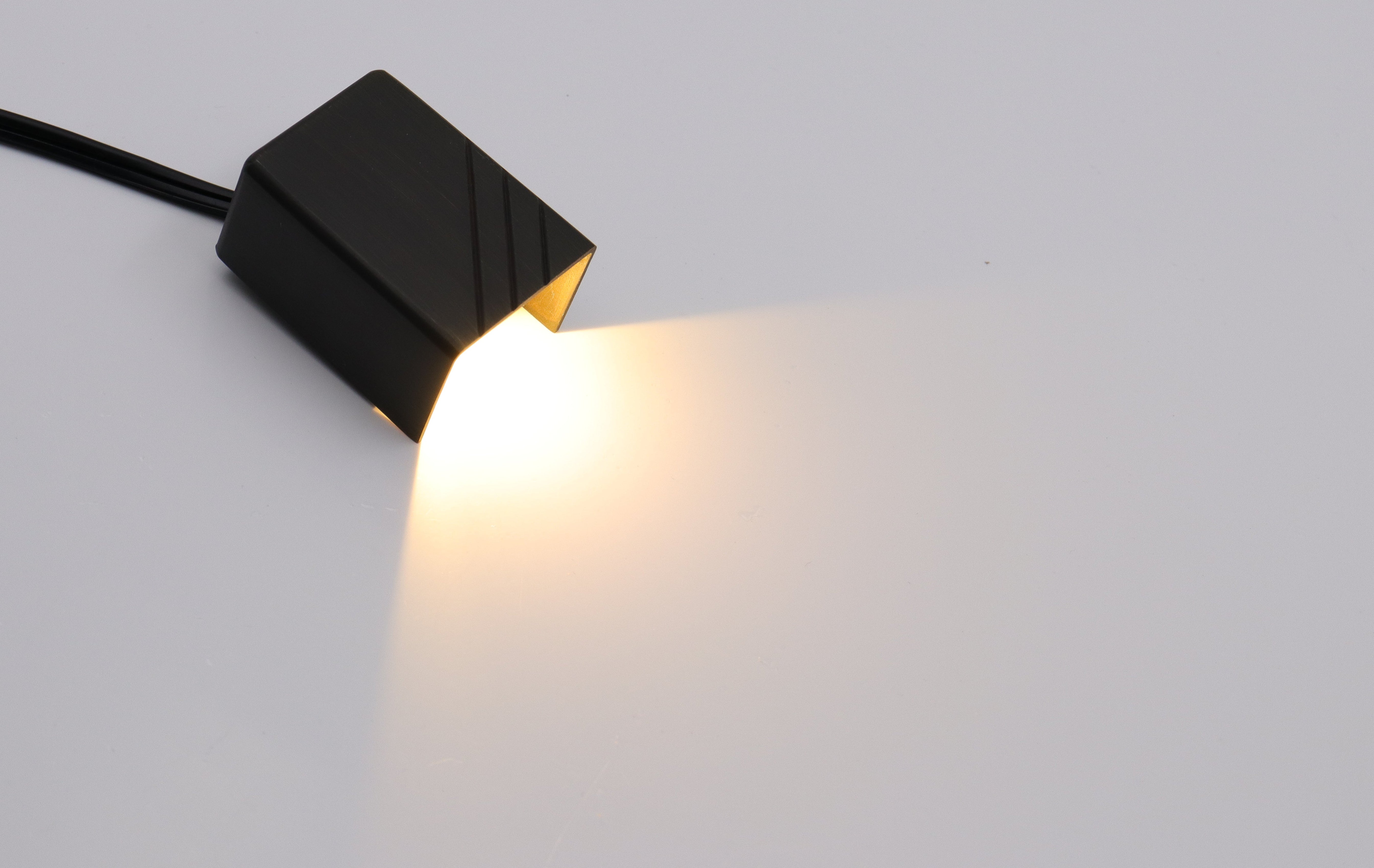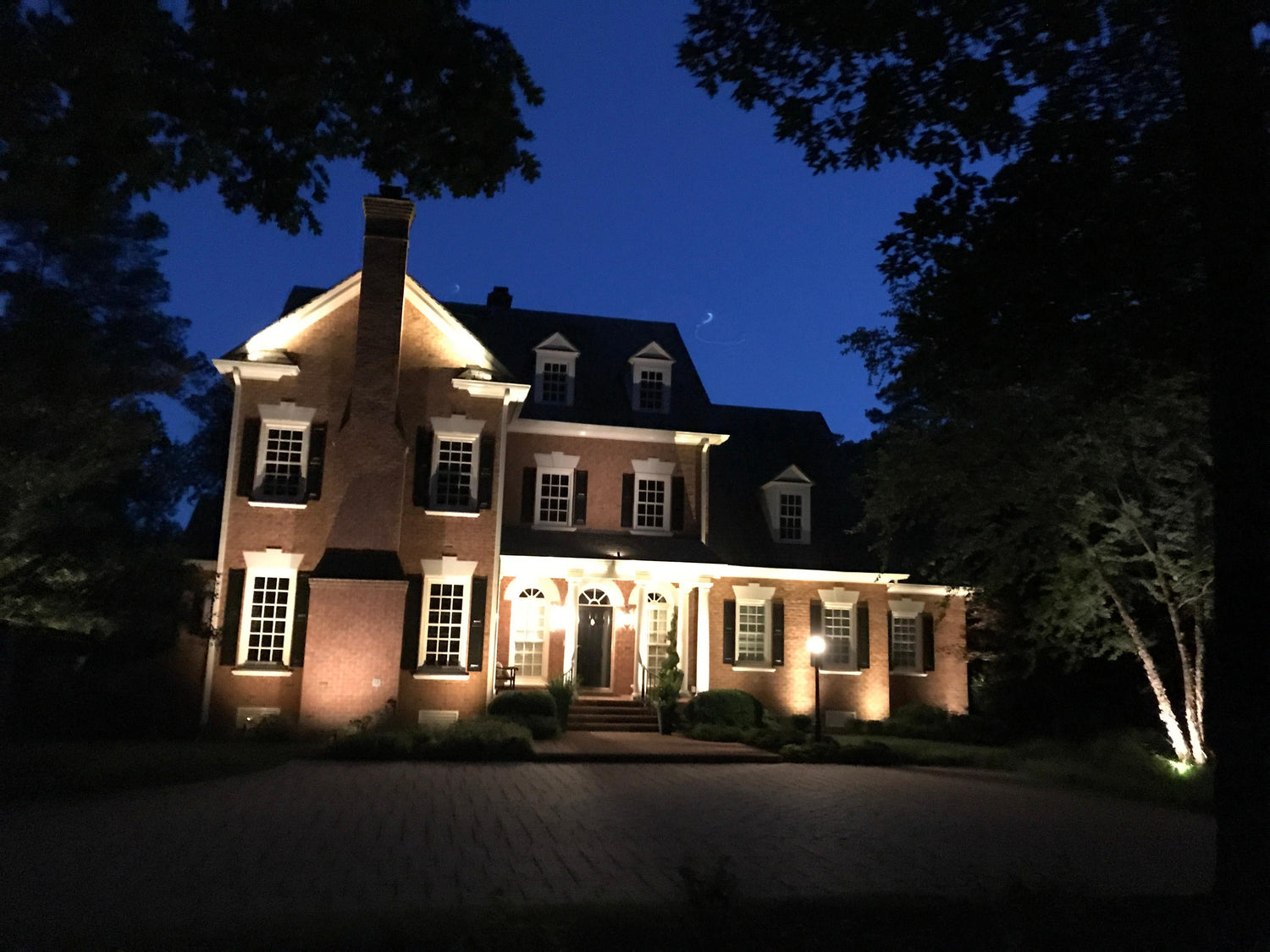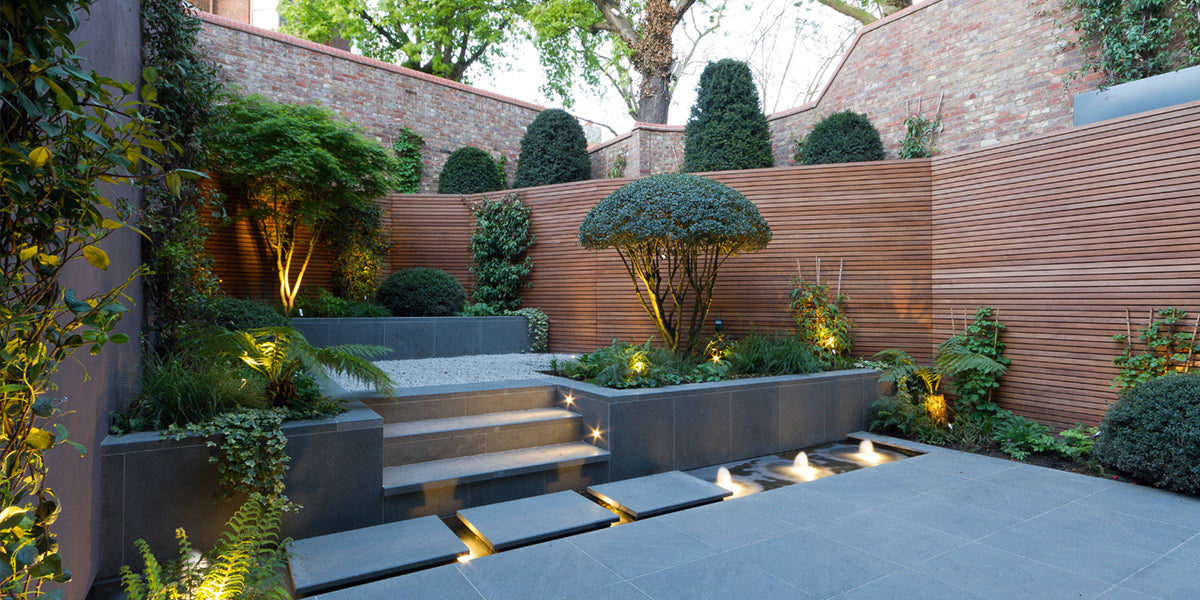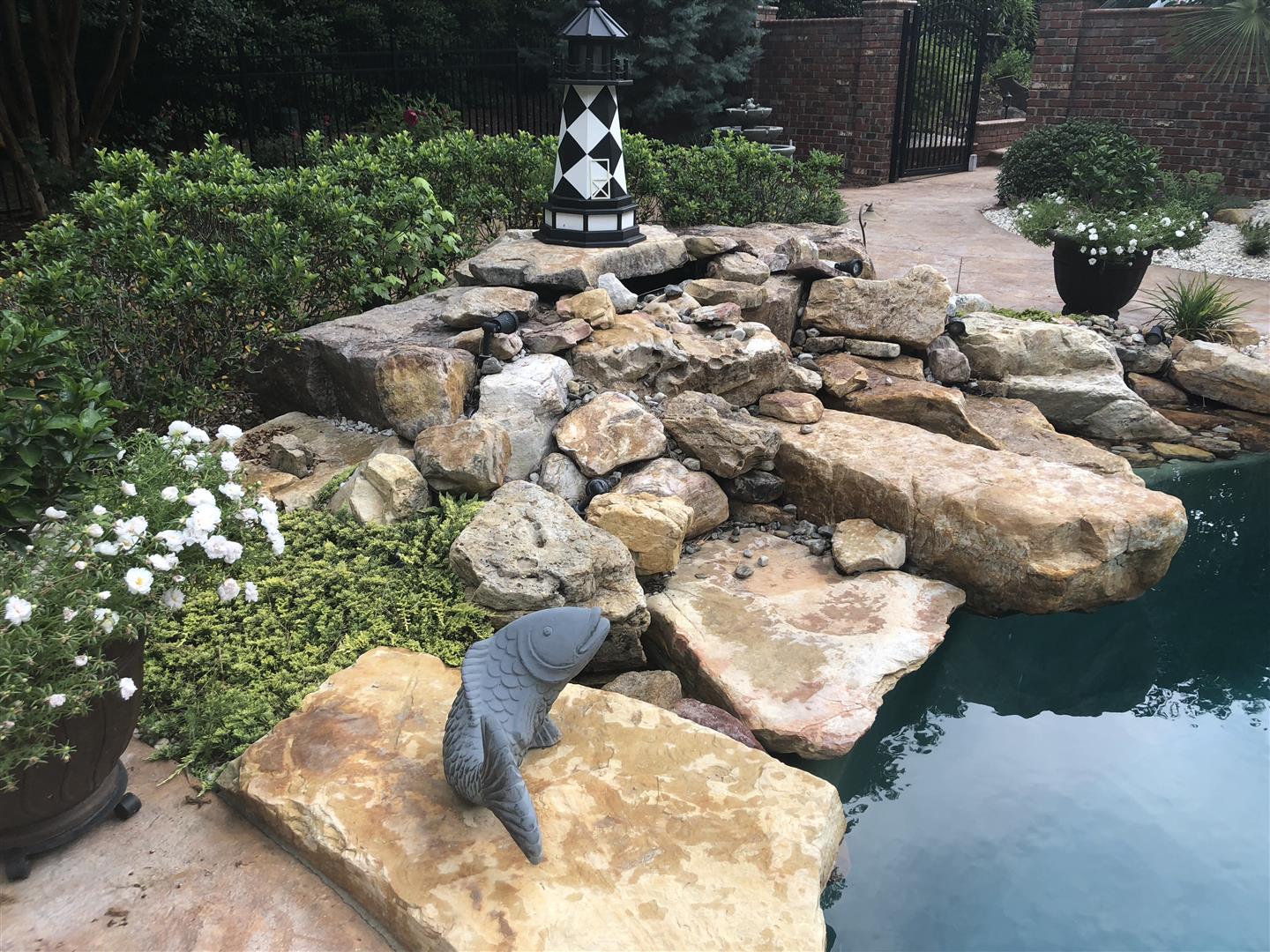Home security remains a paramount concern for homeowners across the United States. Statistics revealed a startling landscape in 2021: nearly 620,000 burglaries occurred nationwide, resulting in about $737 billion worth of stolen property. This staggering figure includes approximately $39 billion in household goods alone. While these numbers show a decline – a 31% decrease since 2020 and a significant 68% drop from a decade ago – the need for robust home security solutions is more pressing than ever.
While many people invest in advanced security systems, cameras, and smart locks, one often-overlooked thing is landscape lighting. Not only does it enhance the aesthetic appeal of your property, but it also plays a crucial role in bolstering home security. In this comprehensive guide, we'll delve into the various ways landscape lighting can significantly increase your home security.

How Landscape Lighting Increases Home Security?
Direct Deterrent to Intruders
Landscape lighting acts as a direct deterrent to potential intruders. A well-lit exterior makes it difficult for intruders to approach your home unnoticed, thereby reducing the likelihood of break-ins. Unlike a dark, shadowy property, which can invite unwanted visitors, bright lights around your home's perimeter, pathways, and entry points make it difficult for anyone to approach unseen.
Enhanced Surveillance Efficiency
Illumination from landscape lighting improves the effectiveness of surveillance systems. Security cameras operate more efficiently with better lighting, capturing clearer footage that can be crucial for identifying trespassers and aiding law enforcement in investigations.
Increased Visibility of Entry Points
Think about the last time you fumbled for keys at your front door. Now, imagine that area brightly lit, not just for your convenience but also as a security measure. Illuminating entry points such as doors, windows, and gates makes it easier to spot any unauthorized attempts to access these areas. It also allows homeowners and neighbors to notice any suspicious activity immediately, acting as a proactive measure against home invasion.
Psychological Impact on Intruders
Picture walking by two houses at night – one dark and quiet, the other bright and visible. Which one seems more secure?
Bright lighting around a property creates a psychological barrier for intruders. It signals that the homeowners are security-conscious and that the property is well-maintained and monitored. This psychological impact alone can be a significant deterrent.
Best Landscape Lights to Enhance Home Security
1、Floodlights for Wide Area Coverage
Floodlights are essential for illuminating large areas such as yards, driveways, and the sides of your house. Their broad, bright beam makes it difficult for intruders to approach unnoticed. Placed strategically, floodlights can cover vast outdoor spaces, leaving fewer dark spots for potential intruders to exploit.

2、Path Lights for Safe Navigation and Surveillance
Path lights, lining walkways and garden paths, serve a dual purpose. They provide safe navigation at night for residents and guests, reducing the risk of accidents. Simultaneously, they illuminate ground level areas, potentially revealing the movements of anyone approaching the house. Their consistent placement along paths can expose movements that would otherwise go unnoticed in the darkness.
3、Spotlights for Focused Illumination
Spotlights are perfect for directing intense beams of light to specific areas, such as entry doors, windows, or architectural features. Their focused illumination can highlight points of vulnerability on your property, like secluded windows or back doors, making it hard for an intruder to approach these areas without being seen.
Selecting the right types of landscape lights is a strategic decision in enhancing home security. Floodlights ensure broad coverage, path lights illuminate walkways while surveilling ground movements (in ground outdoor lighting might be a good choice), and spotlights focus on key points of entry or vulnerability. Together, these lighting solutions create a well-lit and secure perimeter around your home, effectively deterring potential intruders.

How to Maximize Home Security by Strategically Placing Landscape Lights?
Entry Points
Beyond the usual practice of illuminating all potential entry points, it's important to layer your lighting. Utilize a mix of wall sconces, overhead porch lights, and ground-level path lights around entrances. This creates a redundancy system, ensuring that if one light is compromised, others continue to provide visibility. Additionally, consider the less obvious points like side or back doors, basement entrances, and even garage doors. Adequate lighting in these areas is often neglected, yet they are common targets for intruders.
Perimeter Lighting
When setting up perimeter lighting, evenly spaced lights are crucial to avoid dark spots. However, it's also vital to illuminate areas that are typically overlooked, such as the sides of the house, fence lines, and garden sheds. The intensity of these lights should be balanced to avoid excessive brightness that might disturb neighbors or create glare, while still being strong enough to deter potential intruders. Pay special attention to the corners of your property, which are often the darkest and most attractive to trespassers.
Cross-Illumination
Cross-illumination, achieved by placing lights at varying heights, is key to minimizing shadows. While high-mounted floodlights cover broad areas, integrating low-placed path lights ensures that lower areas and footpaths are well-lit. This approach should also extend to less obvious spots such as under eaves, around outdoor structures like gazebos, and along boundary walls or fences. These areas are often overlooked but can be critical in creating a comprehensive lighting strategy that leaves no part of your property in the dark.
The Bottom Line
Landscape lighting is an invaluable addition to your home security strategy. From acting as a psychological deterrent to illuminating potential hiding spots, the benefits are manifold. By understanding the different types of landscape lighting and employing strategic placement, you can significantly enhance your home's security while also adding to its aesthetic appeal. So, the next time you think about home security, don't overlook the powerful impact of well-placed landscape lighting.






Leave a comment
All comments are moderated before being published.
This site is protected by hCaptcha and the hCaptcha Privacy Policy and Terms of Service apply.